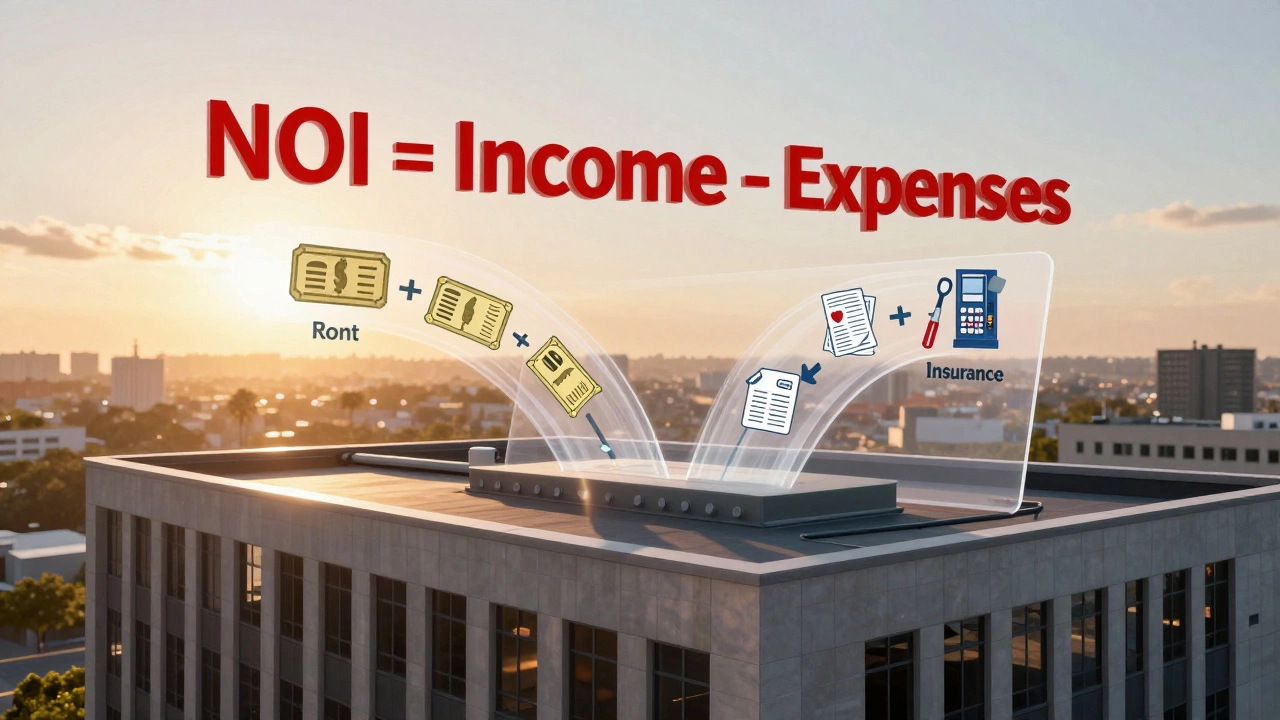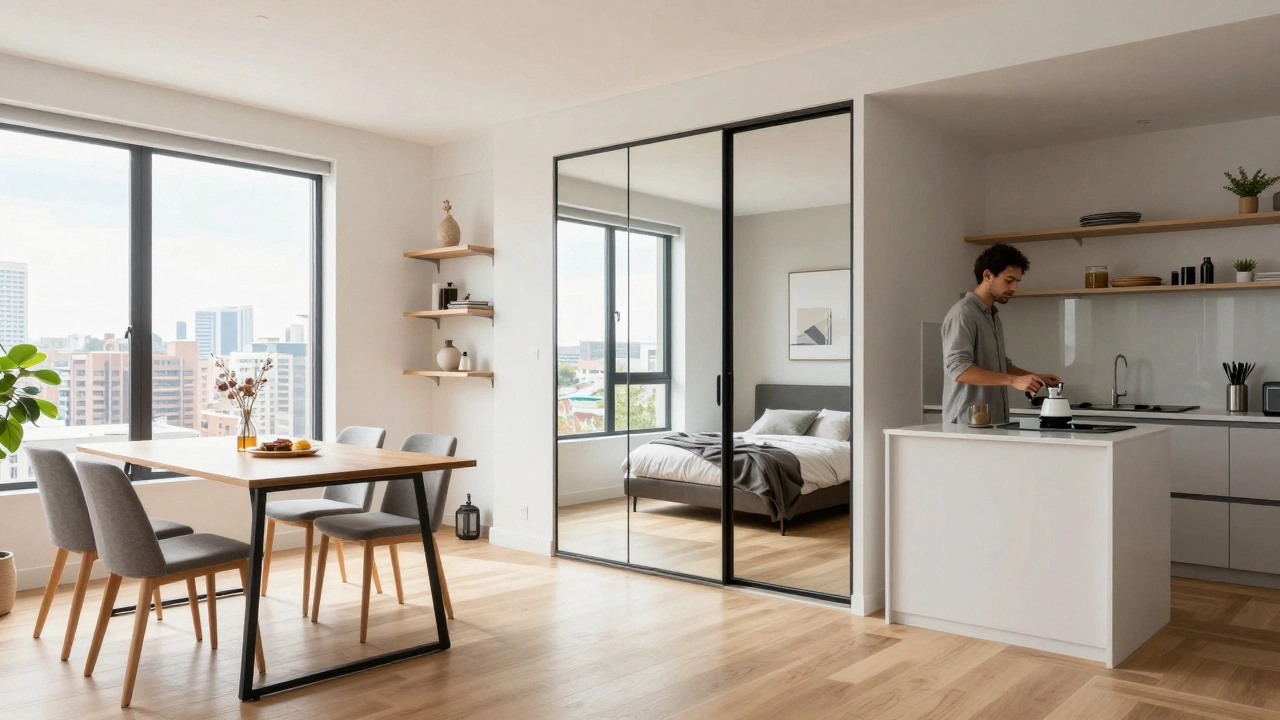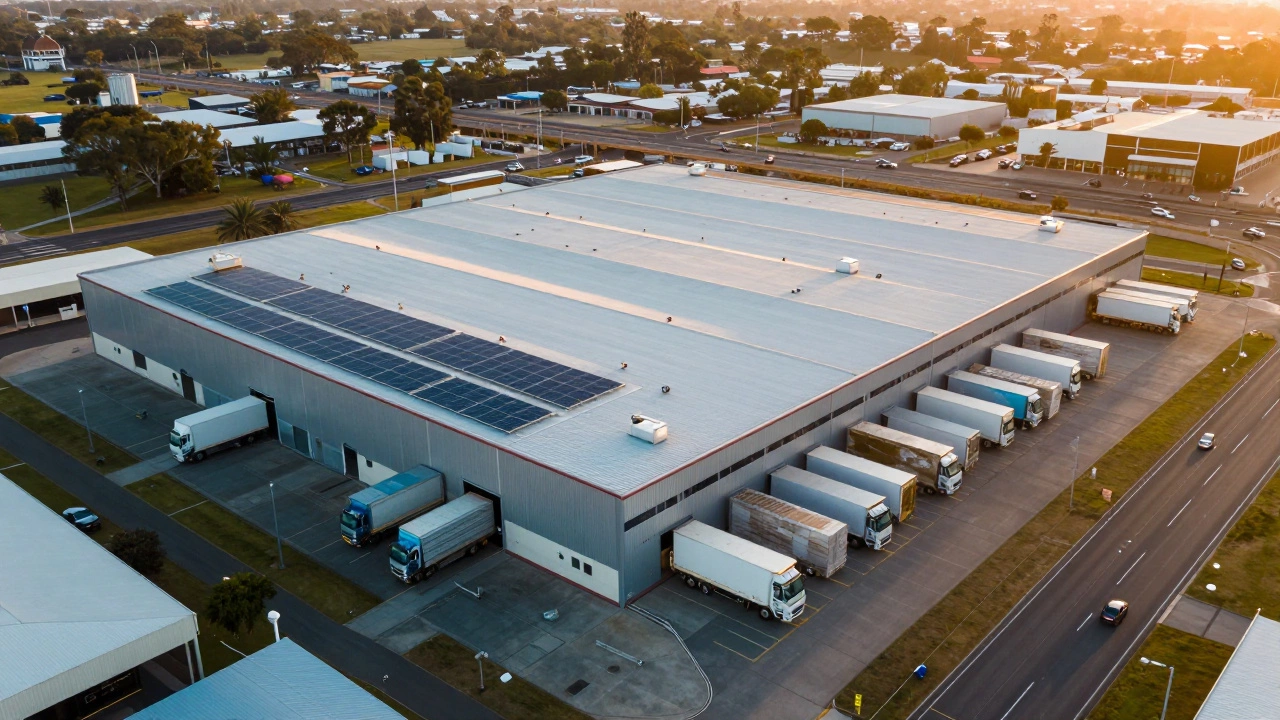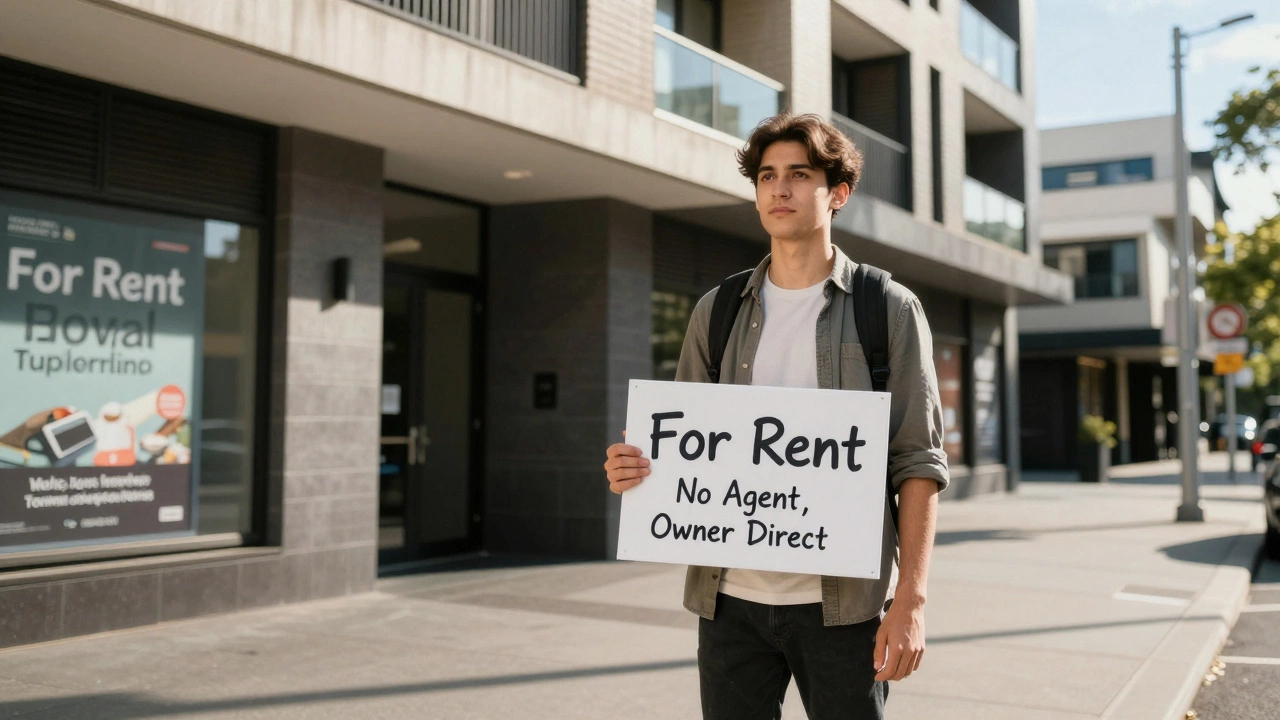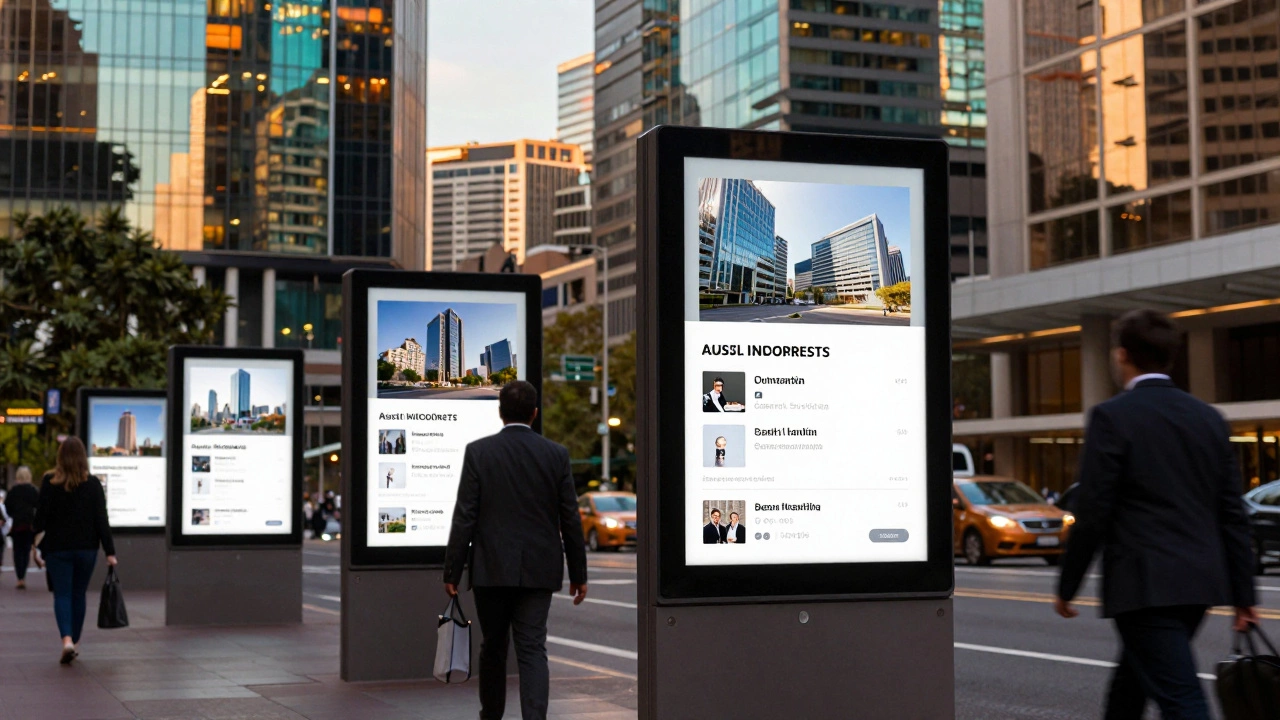Cap rate gets tossed around a lot in real estate circles, but most people just nod along and hope nobody asks them to explain it. If you’ve ever wondered how to actually calculate the cap rate—and what it means for your wallet—this is the bit you don’t want to miss.
Say there’s a building selling for $12,000,000, and it brings in $800,000 a year as Net Operating Income (that’s the fancy way of saying money in after expenses, but before mortgage or taxes). To get the cap rate, you divide $800,000 by $12,000,000. That’s it. The answer tells you, as a percent, how decent the return is if you bought the building with all cash. Spoiler: in this exact case, the cap rate is about 6.67%.
But what does that number mean for investors, sellers, or anyone who’s just curious if a deal is good or not? Stick around, because we’ll go deeper, sort out common mix-ups, and toss in tips that actually help in real life. Got your calculator? Let’s get into the details you’ll actually use.
- Cap Rate Basics and Why It Matters
- Crunching the Numbers: The Exact Calculation
- How Cap Rate Shapes Your Buying or Selling Decision
- Common Mistakes People Make With Cap Rates
- Tips to Get the Most Out of Your Cap Rate Analysis
Cap Rate Basics and Why It Matters
The cap rate is a quick and dirty way to measure how much money a property is making compared to its price. The formula is super basic: divide the property’s Net Operating Income (NOI) by its price, and you get a percentage. So, it’s just: Cap Rate = NOI / Purchase Price.
Here’s what that number tells you: if you paid cash for the building, the cap rate is your yearly return. For example, if a building has a cap rate of 6.67%, you’d make $6,670 for every $100,000 you put into it each year. People in real estate like cap rate because it ignores loans and interest, so you can compare different properties fairly even if you plan to buy with a mortgage.
The cap rate also helps you spot if a property is overpriced, underpriced, or just average for the area. In big cities like New York or San Francisco, cap rates are often low (think 3-5%) because prices are high and people want to park their money somewhere safe. In smaller cities or riskier neighborhoods, cap rates jump to 7-10% or even higher, mostly because the risk goes up, too.
"The cap rate remains a critical metric for evaluating potential real estate investments because it provides a quick snapshot of expected returns," says the National Association of Realtors.
Looking at cap rates also helps buyers set realistic expectations. For sellers, it helps show if they’ve priced their property right compared to similar deals on the market. Both sides use the number for negotiations and deal-making.
If you’re thinking about comparing properties, make sure you’re using accurate NOI numbers—that means no fudging or guessing. If you get the NOI wrong, the cap rate is useless. Always double-check how that NOI is calculated, since some sellers leave out hidden costs or pump up the income projections.
- Simple to calculate (just basic division).
- Easy way to compare investment opportunities.
- Shows how much risk or upside there is, based on different areas and building types.
- Gives you a fair way to benchmark properties, even if one person buys with cash and another uses a big loan.
Crunching the Numbers: The Exact Calculation
Don’t let the math scare you off. Figuring out the cap rate is one of the easiest formulas in real estate, and it gives key info about how the property’s performing. You just need two numbers: the Net Operating Income (NOI) and the purchase price of the property. The NOI is the yearly income left after all operating costs are paid—so things like repairs, management, and insurance, but not loan payments or taxes. The purchase price is what the buyer’s actually paying for the building.
The formula is simple:
- Cap rate = (Net Operating Income ÷ Purchase Price) × 100
In this case, the NOI is $800,000, and the building is selling for $12,000,000. Here’s how the math shakes out:
- Cap rate = $800,000 ÷ $12,000,000 = 0.0667
- Cap rate = 0.0667 × 100 = 6.67%
This 6.67% is the annual return you’d get if you bought the building with cash—no loans involved. It's a key number when sizing up investment opportunities, especially in markets like New York City or San Francisco, where properties sometimes sell with cap rates as low as 4%.
To keep it straight, here’s a table breaking it down:
| Variable | Amount |
|---|---|
| Net Operating Income (NOI) | $800,000 |
| Purchase Price | $12,000,000 |
| Cap Rate | 6.67% |
A quick tip—make sure you’re using the real, expected NOI and not just a ‘projected’ number from a broker’s sales sheet. Cap rates based on dream incomes won’t help you in the real world. Always double-check the NOI from real rent rolls and expenses. If you want, run the math for a few years’ average just to see if the building’s income is steady or all over the place. A solid cap rate lets you compare properties, no matter the price, using the same yardstick.

How Cap Rate Shapes Your Buying or Selling Decision
Cap rate isn’t just some number thrown around for fun—knowing it can totally sway whether you buy, sell, or walk away from a building. First off, the cap rate is like the property’s report card. A higher cap rate usually means the price is low compared to income, so the property gives you more bang for your buck. A lower cap rate means the property’s expensive for the amount of income it generates—sometimes that’s a sign the location’s hot, the property’s new, or the tenants are rock-solid.
Let’s look at how cap rate comes into play:
- For buyers: If the cap rate’s way higher than other buildings in the same neighborhood, it could mean more risk (maybe the building needs lots of repairs or the area’s declining). If it’s lower, maybe it’s super safe or something’s driving up prices. Always compare cap rates with similar properties nearby. A 6.67% cap rate (like our example building) might look good or bad depending on local averages.
- For sellers: Knowing your building’s cap rate helps you set a realistic price. If your cap rate is too high compared to similar buildings, buyers might think the place is risky or overvalued—they’ll expect to pay less. If it’s low and you can prove why (like newly signed long leases with reliable tenants), you might push for a higher sale price.
Here’s what cap rates looked like for various property types in the U.S. as of the end of 2024:
| Property Type | Average Cap Rate (%) |
|---|---|
| Office (Downtown) | 6.1 |
| Retail (Shopping Center) | 6.7 |
| Multifamily (Urban) | 4.9 |
| Industrial (Warehouse) | 5.8 |
Imagine you’re offered a building at a 6.67% cap rate, but all the similar properties are selling at 5%. That’s either a deal… or a red flag, so dig deeper. Maybe rents are about to drop, or maybe you found a bargain the market missed. The flip side: if you’re selling, a cap rate lower than the neighborhood’s average could mean your building is seen as less risky—which is usually a good thing for your price.
Cap rate alone doesn’t tell the whole story, though. It won’t show if the roof’s falling in or if the place is about to get a Starbucks next door (which could shoot up rents). Seeing that 6.67% is just your starting clue—use it to ask the right questions and compare smartly.
Common Mistakes People Make With Cap Rates
It's easy to mess up cap rate calculations if you're not careful with the numbers or context. A lot of people think the cap rate tells them everything about a property, but that's not the case. Let's go through some mistakes that come up all the time when people use cap rates to compare deals.
- Cap rate only works if you’ve got the right numbers. Some sellers inflate the Net Operating Income (NOI) by using projected rents or ignoring vacancies and expenses. Always double-check that the NOI is real and current—not just wishful thinking or made-up figures.
- Folks also forget to consider property condition. Two buildings with the same cap rate can be totally different—one might need a new roof or major repairs that eat away at your return. If you don’t factor in those extra costs, that "good deal" can turn bad fast.
- Another big slip is not comparing properties in similar locations or markets. A 6% cap rate in a top city center might look low next to a suburban strip mall with an 8% cap rate, but those extra points come with more risk or slower growth. Apples to apples, not apples to oranges.
- Some buyers or brokers ignore how the financing affects the deal. Cap rate doesn’t include your loan payments, so it’s not showing the full picture of your total return if you’re borrowing money. It’s only telling you about the unleveraged return, which can be very different from what actually hits your pocket every month.
- The last one: just relying on cap rate and missing the bigger picture. Good investors look at market trends, neighborhood changes, and future rent growth, not just the number on the calculator.
Keep these in mind and you’ll avoid the rookie mistakes that trip up even smart folks in the real estate game.

Tips to Get the Most Out of Your Cap Rate Analysis
Getting the best out of a cap rate isn’t just about crunching numbers. It’s about what you do with those numbers. Here’s how to use cap rate to actually help your deals, not just impress at parties.
- Cap rate only tells part of the story. Always look at other factors—like location, tenant quality, and lease terms—before making a decision. For example, a 7% cap rate in a shaky area isn’t the same as 7% in a booming business district.
- Compare apples to apples. Don’t weigh a medical office in New York against a strip mall in a small town using just the cap rate. Stick with the same property type and similar market.
- Check the NOI for accuracy. Sellers like to fluff up the numbers by leaving out maintenance, vacancy shifts, or management fees. Dig into those expenses. If something seems off, it probably is.
- Cap rates can tell you if a property is overpriced. If most local deals are closing at 6% and you see something with a 4%, ask yourself why. Maybe it’s overvalued, maybe it’s a unicorn—but dig deeper before moving ahead.
- Keep an eye on interest rates. Cap rates and loan rates usually travel together. As interest rates go up, you’ll often see cap rates follow, since buyers demand better returns to cover higher borrowing costs.
Here’s a quick snapshot of what’s typical out there based on recent data (2024 commercial market reports):
| Property Type | Average Cap Rate (%) |
|---|---|
| Office (Major Metro) | 6.0 |
| Industrial | 5.7 |
| Retail | 6.5 |
| Multifamily | 5.0 |
If your target property’s number seems way off compared to these averages, ask more questions before signing anything. Cap rate is a great quick filter, but becoming a sharp investor means knowing what’s behind the number.

